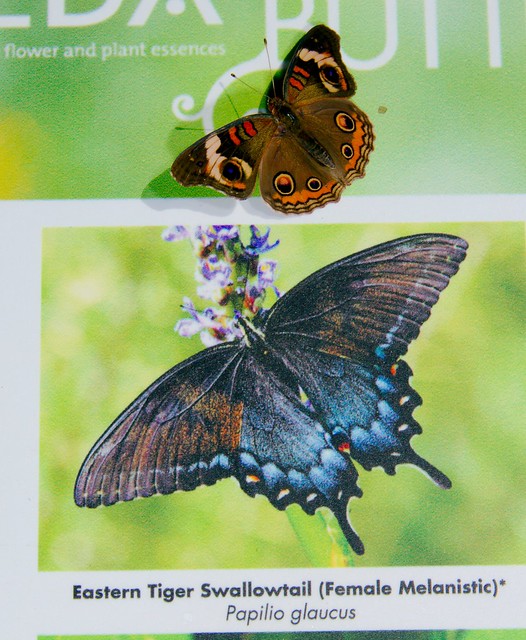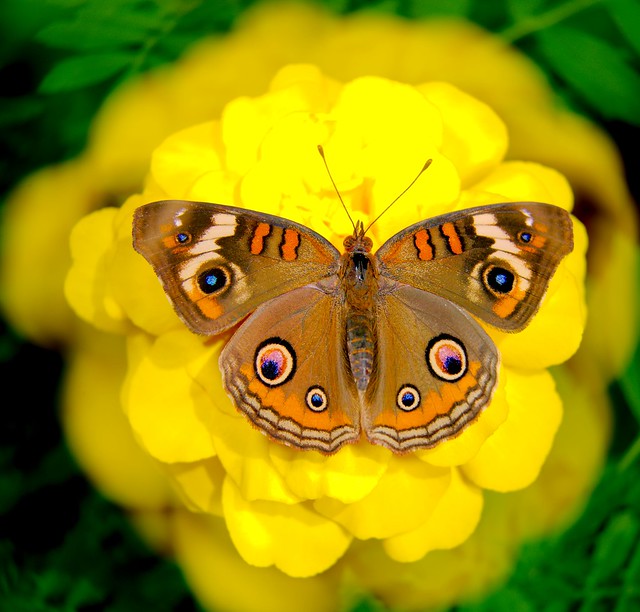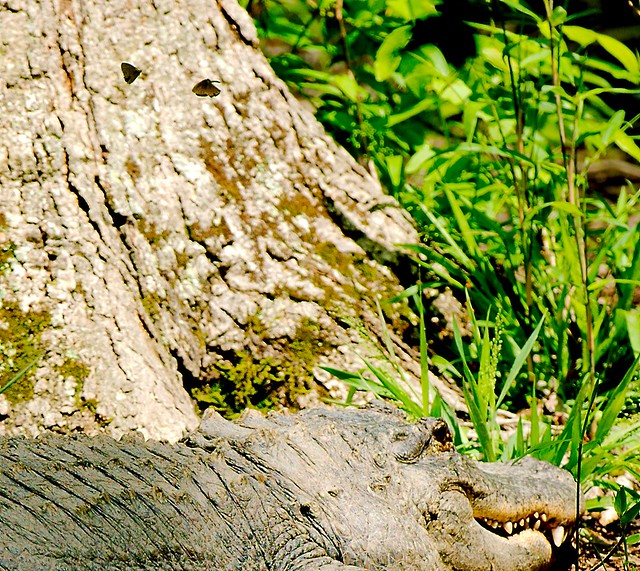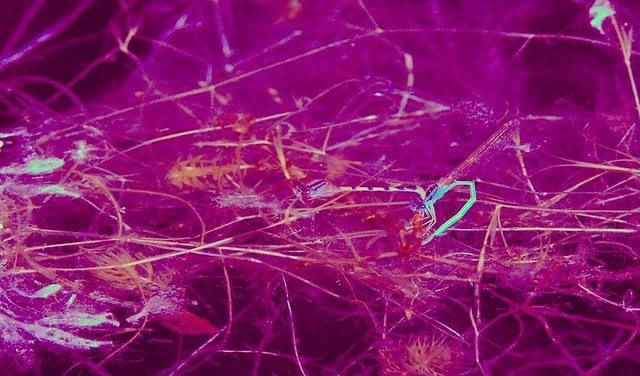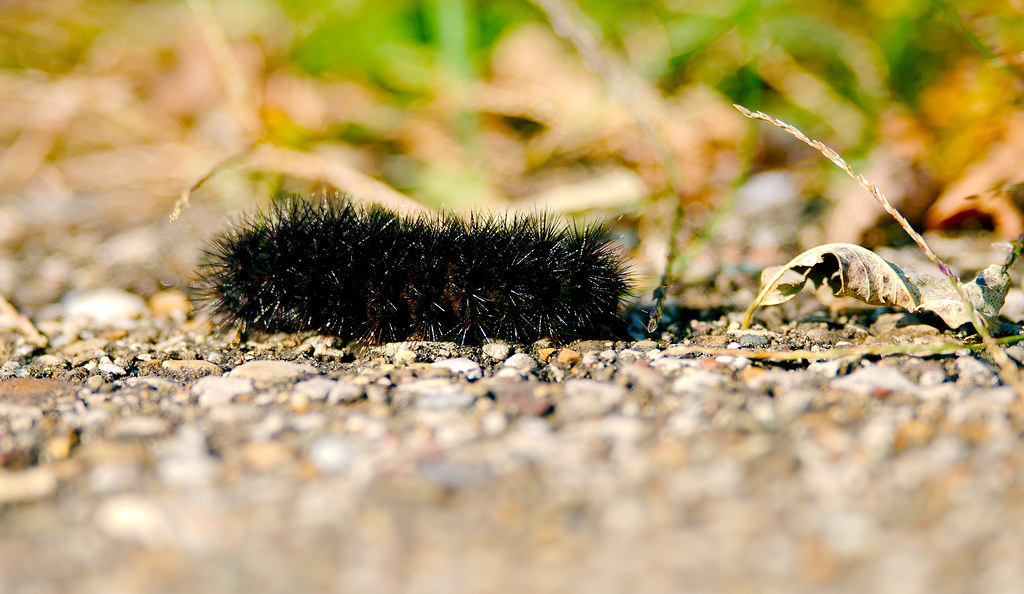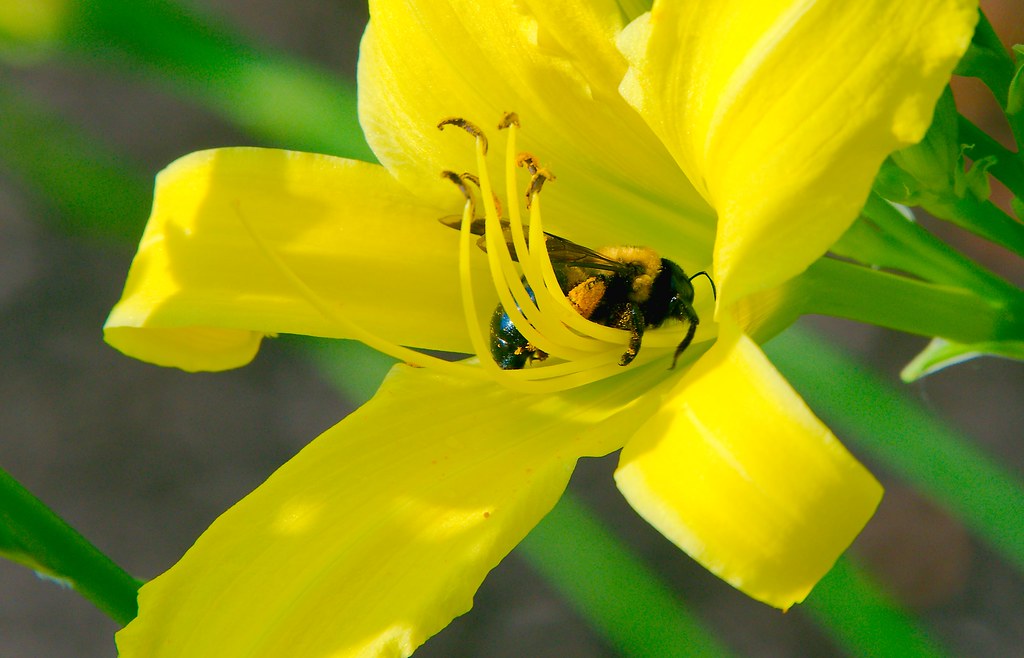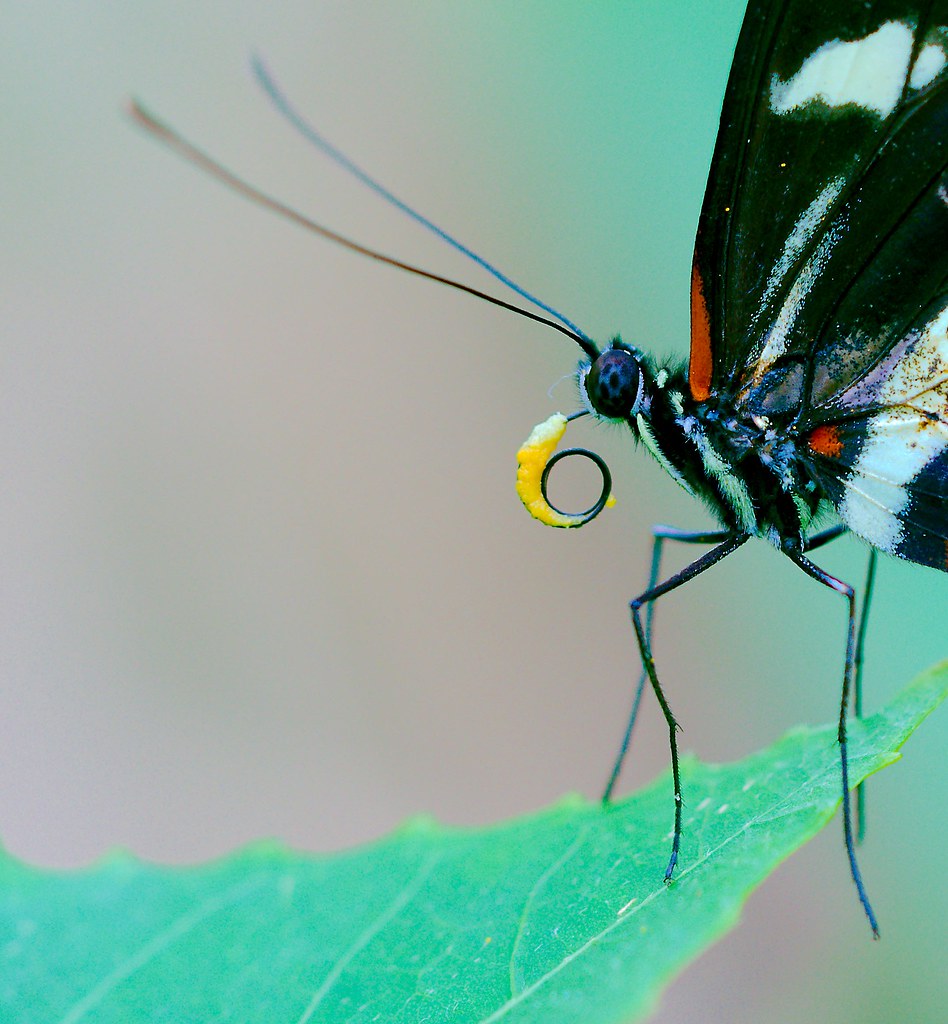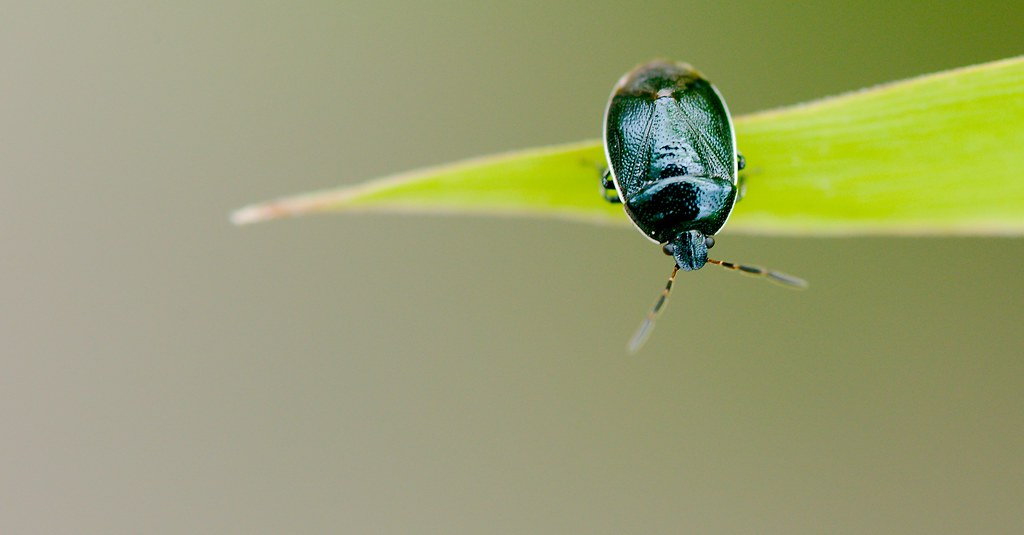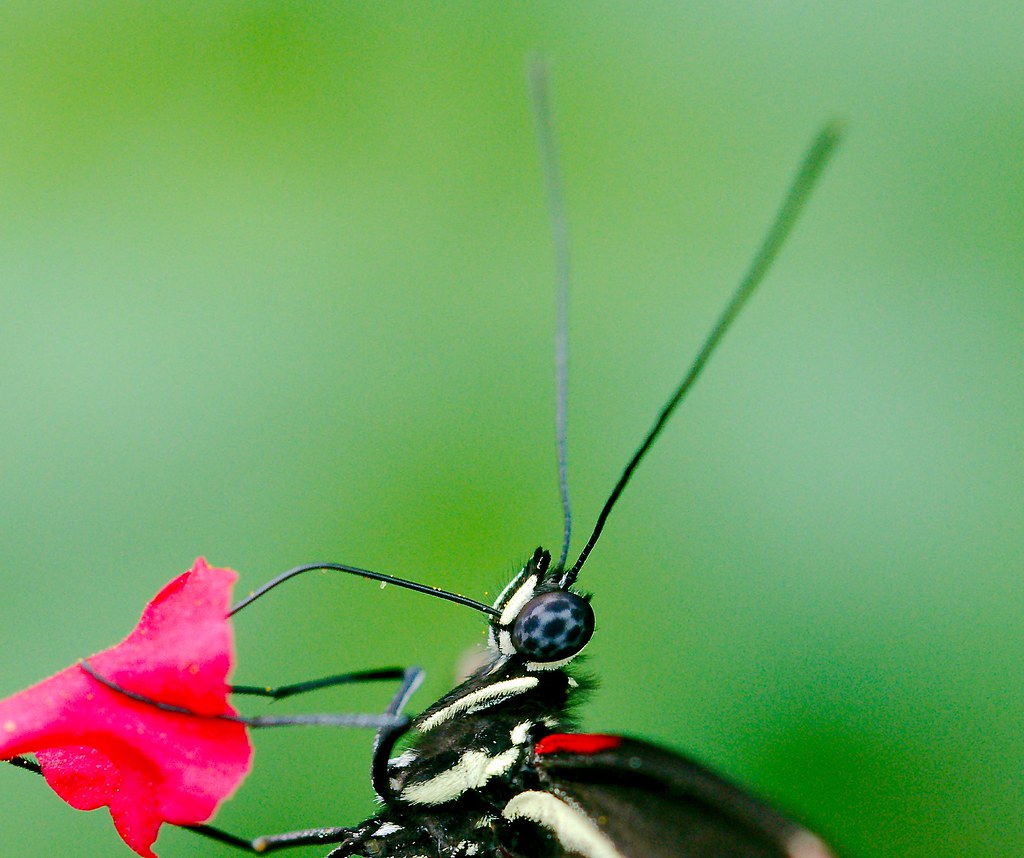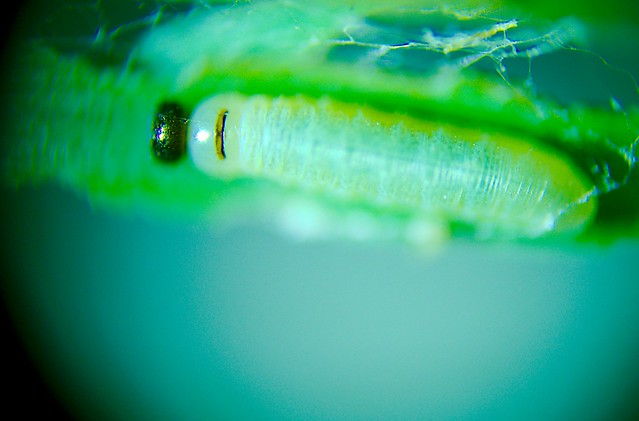
This is a test photograph of a Dakota skipper caterpillar. It’s not a great shot, and I forgive you for not appreciating it right away.
The Dakota skipper is an endangered butterfly. Like other prairie butterflies, the caterpillars hatch from teensy tiny eggs and make a weensy little home at the base of a grass stem. They then eat grass all summer in the hopes of becoming a full grown butterfly the following year. They then help pollinate the plants as they eat nectar, mate, and make more teensy tiny eggs.
Now, the words “teensy tiny” might not mean much. What you have to realize is that these butterflies are small. Their wings measure one inch* across. Their body is then less than an inch* long and quite slender. The eggs are smaller than that so they can fit in that little body. The caterpillars, of course, have to fit in the eggs.
When I saw the eggs, they reminded me of seeds. Poppy seeds, specifically … but whitish green … and a bit smaller.
That means that this little caterpillar, who fit into an egg about the size of a poppy seed was quite little. He looked like a little eyelash … but whitish green … and a bit smaller. The lab people moved them around with soft paint brushes because anything else would hurt (or kill) them. The hope is that a captive population will help to identify why the species is dying out.
I was not prepared to take this photo. I had with me a 10x microscope objective, an adapter, a basic lens, and a flashlight. To do it properly, I’d have used a proper microscope. Alas, that requires timing to work out and I was not so fortunate. Still, given the conditions I was working with, I think it worked out okay.
* That’s 25.4 millimeters for those of you lucky enough to live somewhere** with a rational system of measurement.
** Also known as “the rest of the world”***
*** Except the United States, Liberia, Myanmar****
**** You know, Burma


